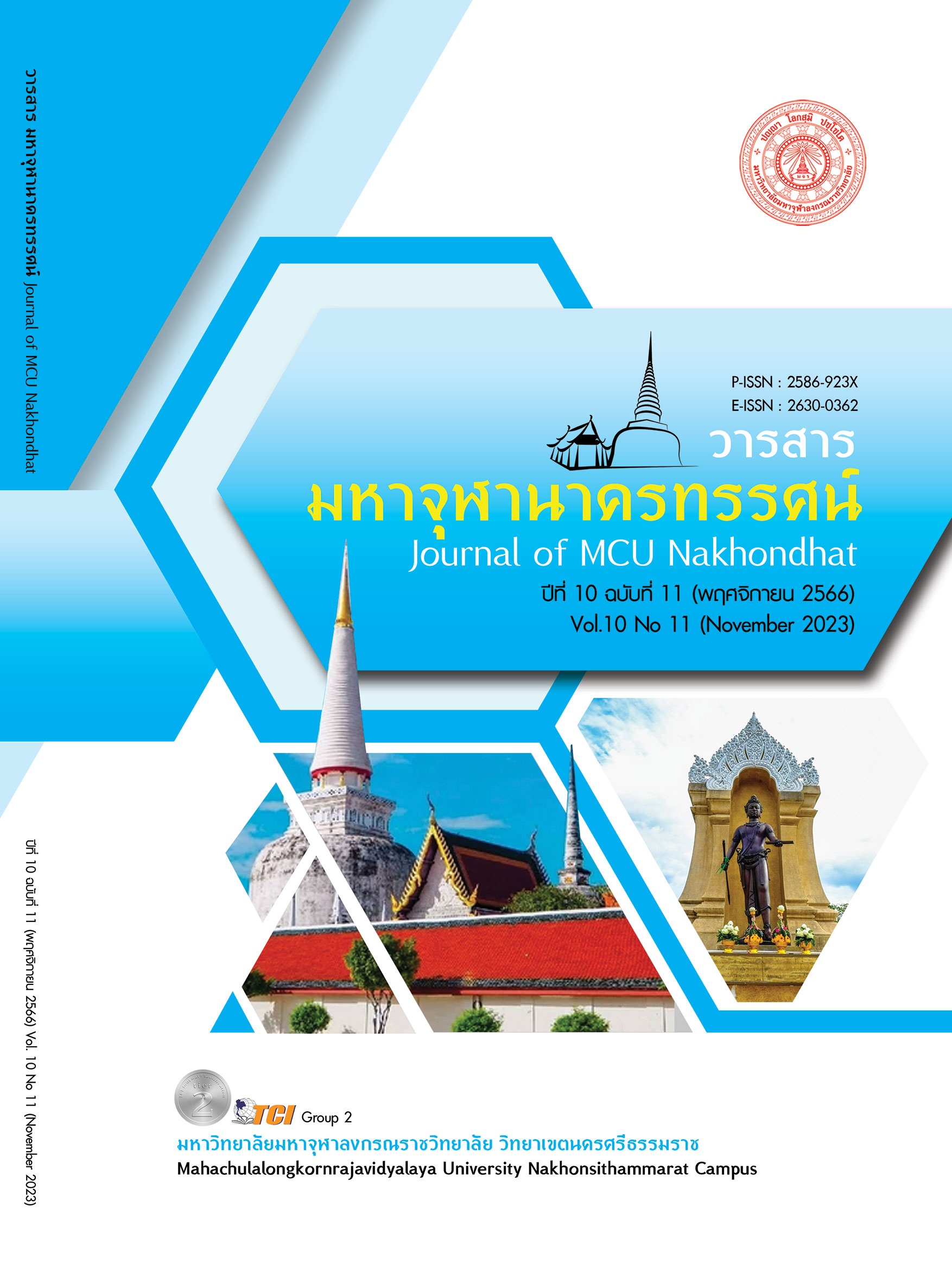SATISFACTORY ASSESSMENT FOR APPLICATION USED IN FIRST - YEAR STUDENTS' ACADEMIC PLANNING AT SUAN DUSIT UNIVERSITY
Main Article Content
Abstract
The objectives of this research were 1) to study the satisfaction with the use of an application to support the academic planning of first-year students at Suan Dusit University, and 2) to compare the satisfaction with the use of the application among different groups of first-year students. The research utilized a quantitative approach and involved a population and sample group of 40 first-year students in the Information Technology Program, Faculty of Science and Technology, Suan Dusit University. The sample was selected by using purposive sampling technique. The research tool was a questionnaire, and the data was collected from questionnaires. Four main statistical analysis methods were employed in data analysis: percentages, means, standard deviations, and one-way ANOVA. The research findings revealed that 1) the results of the satisfactory assessment in using the application to support the academic planning (SDU 4S) in overall and in each specific aspect were at a high level. According to each specific aspect, it was found that the content, and the appropriateness of the content were in the highest mean score, followed by the installation and login process, presentation format, and application management respectively. 2) The results of comparing the differences in the use of applications to support the academic planning among different age groups of first-year students at Suan Dusit University showed no statistically significant differences in overall satisfaction and specific aspects at the significance level of .05.
Article Details

This work is licensed under a Creative Commons Attribution-NonCommercial-NoDerivatives 4.0 International License.
References
กระทรวงศึกษาธิการ. (2560). แผนการศึกษาแห่งชาติ พ.ศ. 2560 - 2579. กรุงเทพมหานคร: สำนักงานเลขาธิการสภาการศึกษา.
กฤษณี เสือใหญ่. (2558). พฤติกรรมการใช้แอพพลิเคชั่นไลน์ความพึงพอใจและการนำไปใช้ประโยชน์ของคนในกรุงเทพมหานคร. ใน วิทยานิพนธ์ศิลปศาสตรมหาบัณฑิต สาขานิเทศศาสตร์และนวัตกรรม. สถาบันบัณฑิตพัฒนบริหารศาสตร์.
ใจทิพย์ ณ สงขลา. (2561). การออกแบบการเรียนแบบดิจิทัล. กรุงเทพมหานคร: โรงพิมพ์แห่งจุฬาลงกรณ์มหาวิทยาลัย.
ชินวัจน์ งามวรรณากร. (2562). การพัฒนาแอปพลิเคชันสื่อการเรียนรู้บนอุปกรณ์เคลื่อนที่ เรื่อง ภาษาอังกฤษสำหรับนักสารสนเทศ. ใน รายงานการวิจัย. มหาวิทยาลัยราชภัฎยะลา.
ปาจรีย์ ตรีนนท์ และคณะ. (2562). ผลของการใช้สื่อการเรียนรู้แอพพลิเคชั่นเพื่อพัฒนาความรู้ และทักษะการช่วยฟื้นคืนชีพขั้นพื้นฐานสำหรับนักเรียนมัธยมศึกษาตอนปลาย. วารสารการพยาบาลและการดูแลสุขภาพ, 37(3), 98 - 105.
ภาณุวัฒน์ เรืองกุลทรัพย์ และคณะ. (2565). การพัฒนาสื่อแอปพลิเคชันบนอุปกรณ์เคลื่อนที่สำหรับการเรียนรู้คำศัพท์ภาษาญี่ปุ่นระดับพื้นฐาน ด้วยเทคโนโลยีความจริงเสริม. วารสารวิชาการและวิจัย มหาวิทยาลัยภาคตะวันออกเฉียงเหนือ, 12(2), 298 - 312.
มหาวิทยาลัยสวนดุสิต. (2563). คู่มือการใช้งานโมบายแอปพลิเคชันเพื่อสนับสนุนการวางแผนการเรียน. เรียกใช้เมื่อ 8 ตุลาคม 2565 จาก https://arit.dusit.ac.th/uploads/manual/sdu4smanual.pdf
สุอัมพร ปานทรัพย์ และดัชกรณ์ ตันเจริญ. (2563). การประเมินการใช้งานแอปพลิเคชัน 7-Eleven TH บนพื้นฐานของทฤษฎีการยอมรับและการใช้เทคโนโลยี. วารสารวิทยาการและเทคโนโลยีสารสนเทศ, 10(1), 85 - 97.
เสกสรร สายสีสด และคณะ. (2564). การศึกษาพฤติกรรมการใช้และความพึงพอใจในการใช้ แอปพลิเคชัน TikTok ของนักเรียน นักศึกษาในเขตเทศบาลนครอุดรธานี. วารสารวิทยาการจัดการ คณะวิทยาการจัดการ มหาวิทยาลัยราชภัฏพิบูลสงคราม, 2(3), 11 - 26.
อรลดา แซ่โค้ว. (2558). เว็บแอพพลิเคชั่นการจัดการความร้ ผ่านโทรศัพท์เคลื่อนที่สำหรับนักศึกษาระดับปริญญาตรี. ใน วิทยานิพนธ์ศึกษาศาสตรมหาบัณฑิต สาขาวิชาเทคโนโลยีการบริหารการศึกษา . มหาวิทยาลัยเทคโนโลยีราชมงคลธัญบุรี.
Al-Adwan, A. S. et al. (2018). Modeling Students’ Readiness to Adopt Mobile Learning in Higher Education: An Empirical Study. International Review of Research in Open and Distance Learning, 19(1), 221 - 241.
Demir, K. & Akpinar, E. (2018). The effect of mobile learning applications on students' academic achievement and attitudes toward mobile learning. Malaysian Online Journal of Educational Technology, 6(2), 48 - 59.


